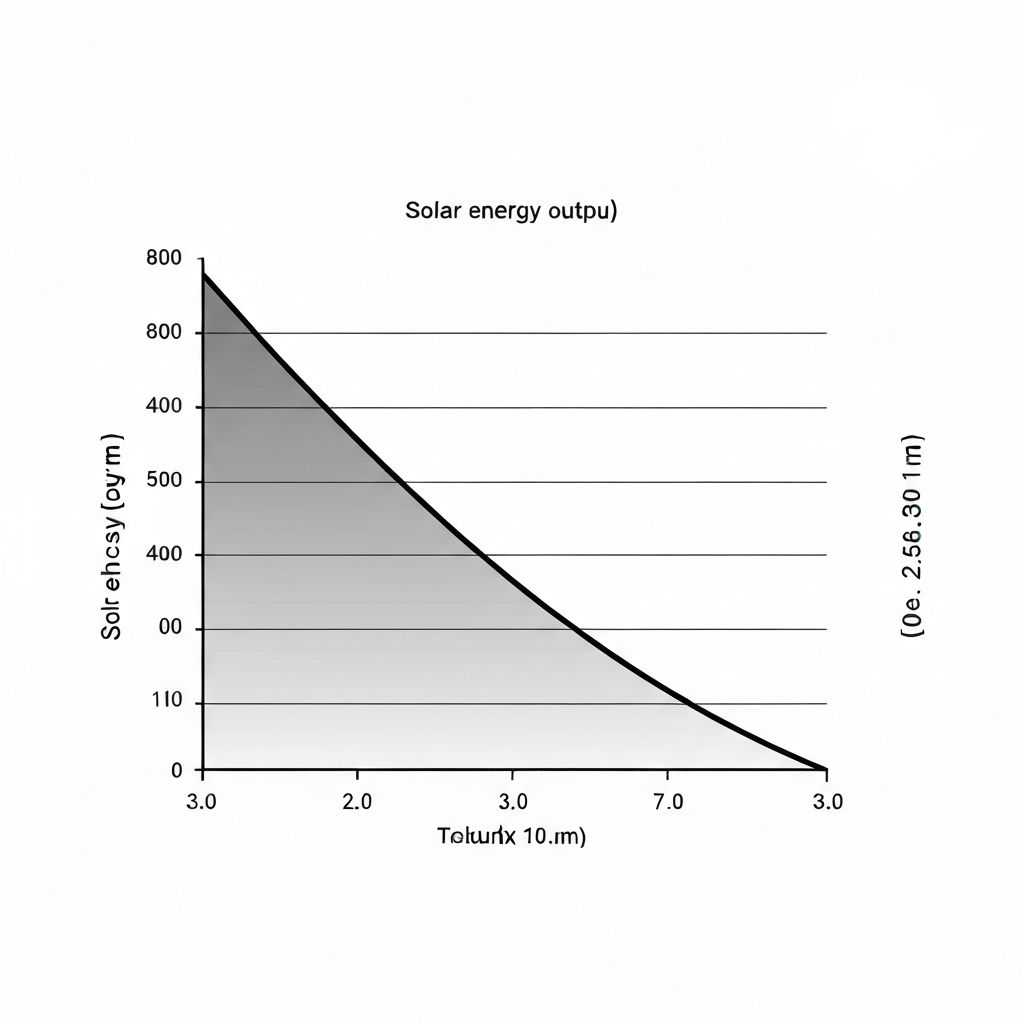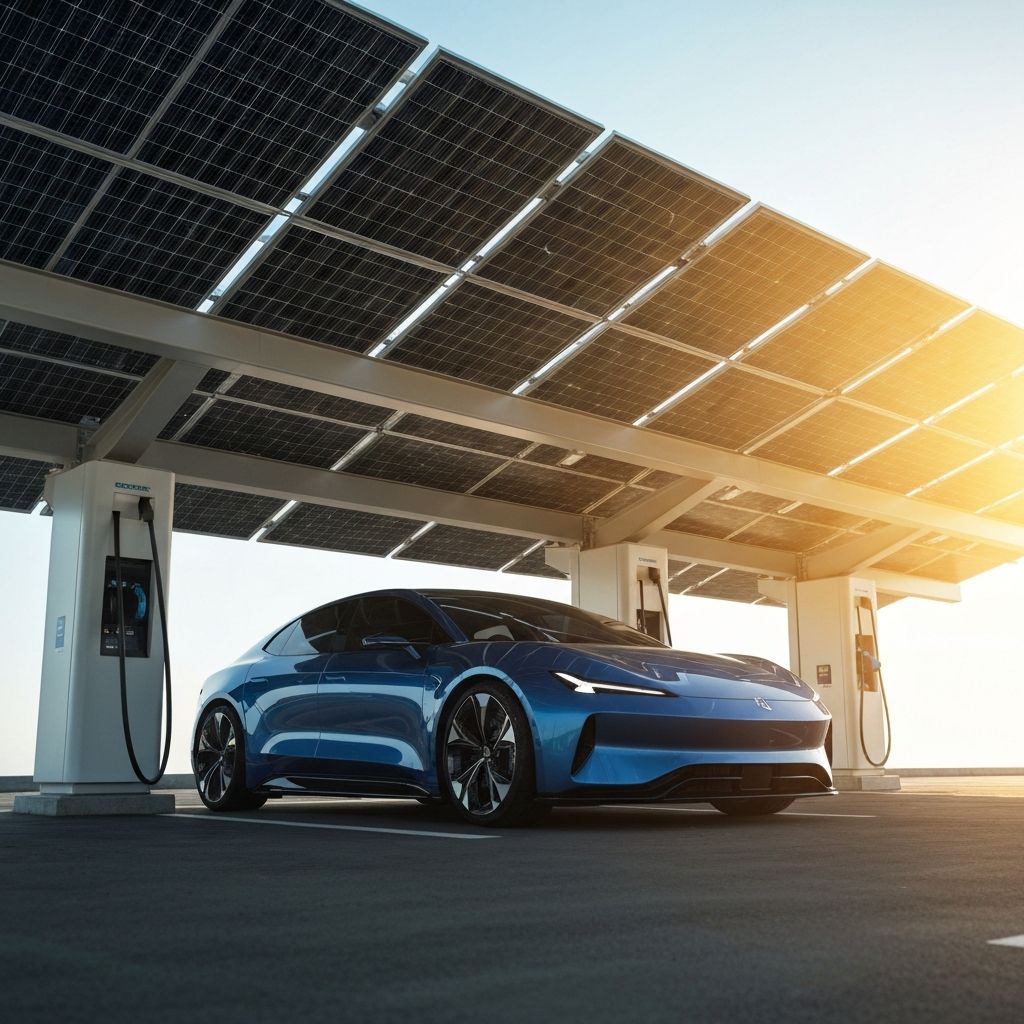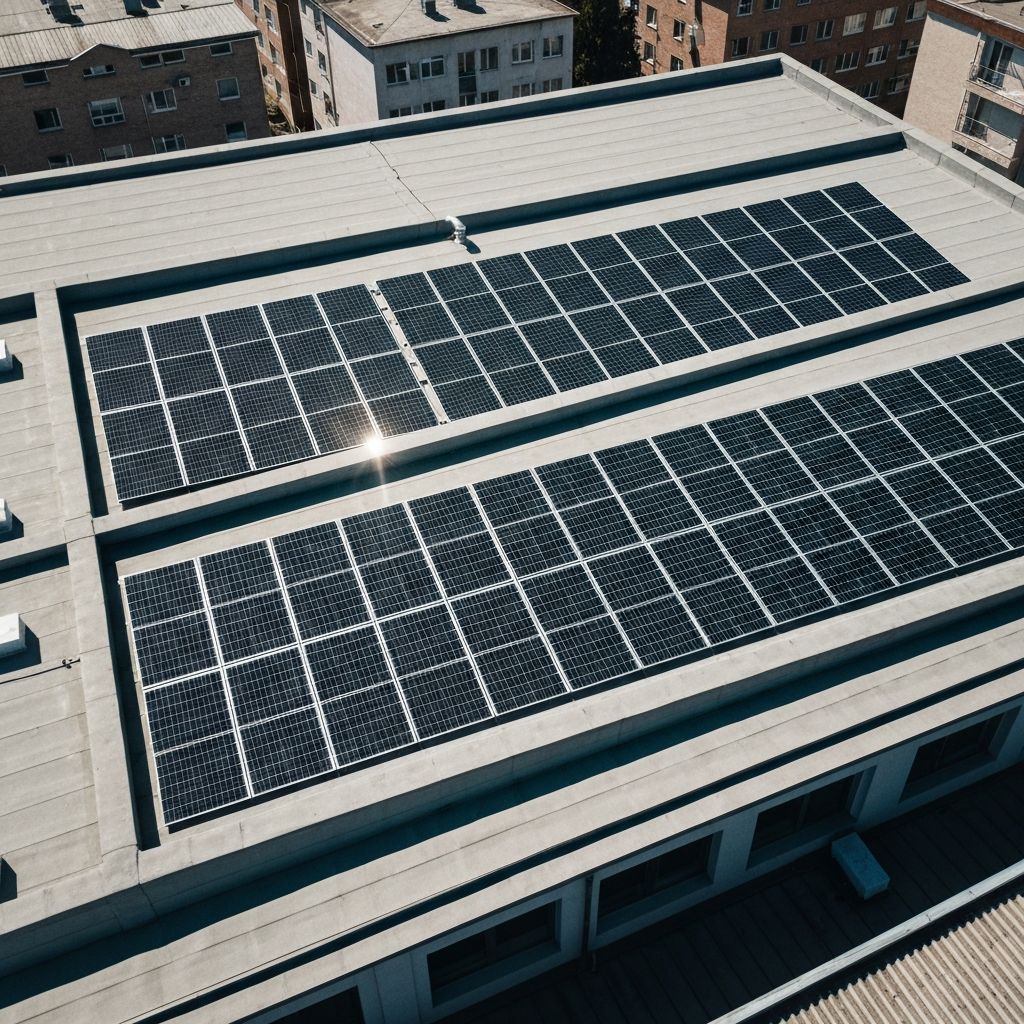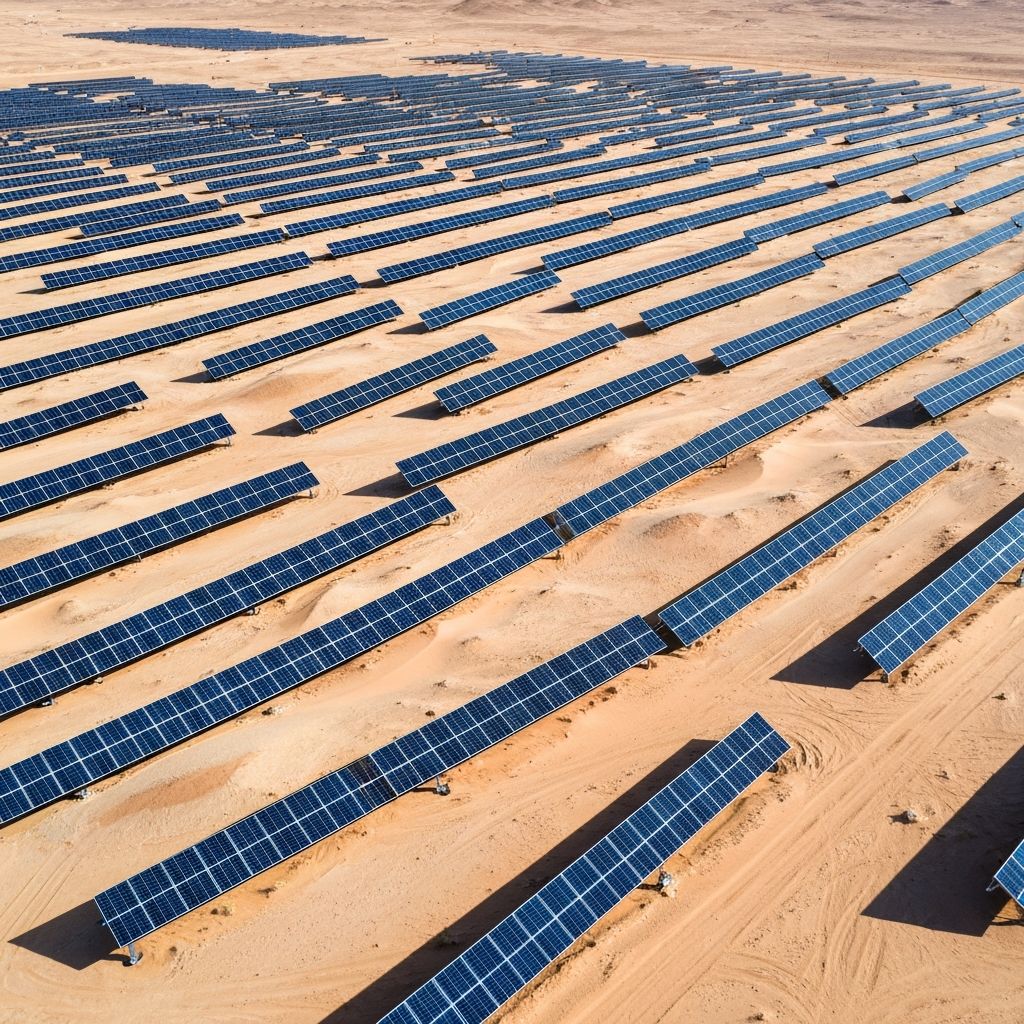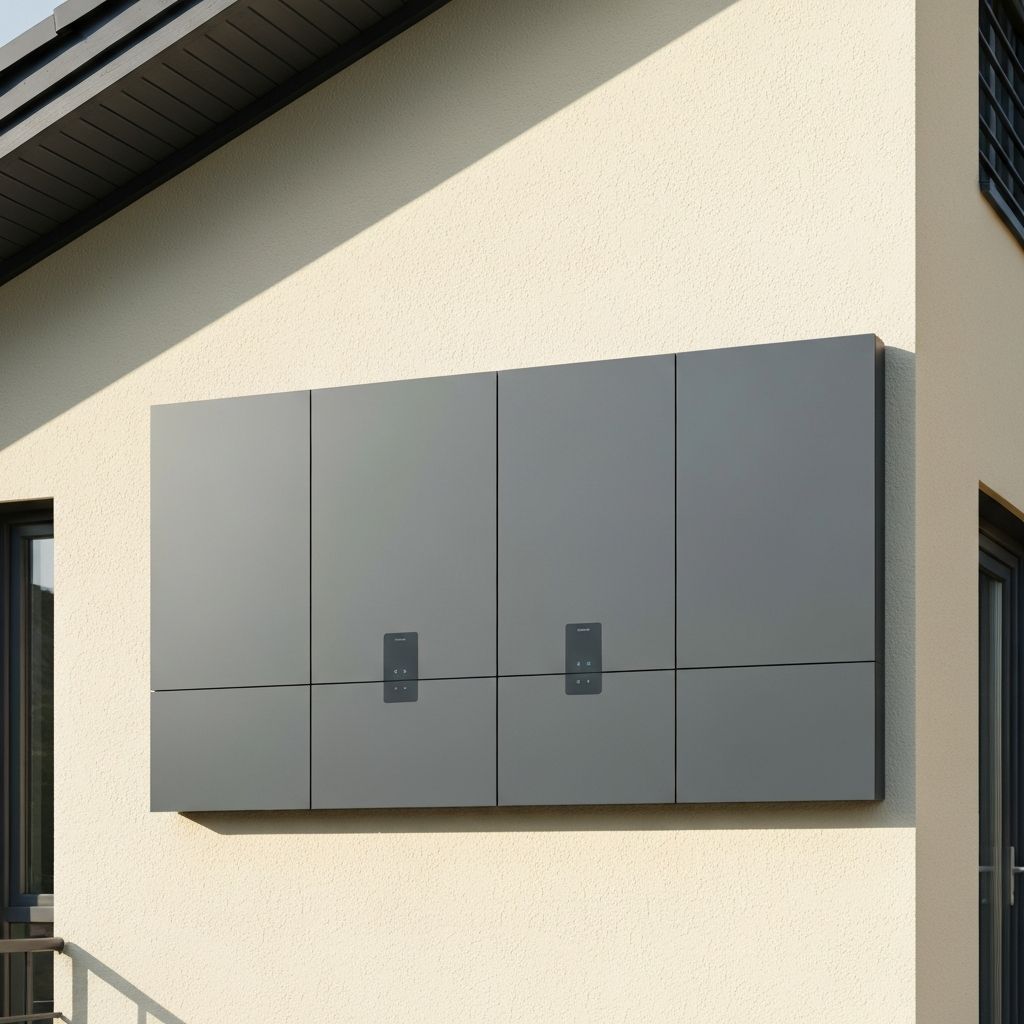Home EV Charging: 7kW vs 22kW Explained

The "Bigger is Better" Trap
When buying a home EV charger, it's tempting to go for the fastest option available—the 22kW charger. However, for 95% of Australian homes, this is a waste of money.
The Phase Problem
To run a 22kW charger, you need 3-phase power. Most older Australian homes only have single-phase power.
- Single-Phase Limit: Maxes out at roughly 7kW.
- Three-Phase Required: Needed for 11kW or 22kW charging.
If you install a 22kW charger on a single-phase home, it will simply downgrade itself and run at 7kW anyway. You paid for speed you can't use.
Charging Speeds in Real Life
- 7kW Charger: Adds ~40km of range per hour. A full charge overnight (8 hours) gives you ~320km. This is more than enough for daily commuting.
- 22kW Charger: Adds ~120km of range per hour. Great for commercial fleets, but rarely necessary for a car that sits in the driveway for 12 hours a night.
Cost Difference
Upgrading a home from single-phase to three-phase power can cost $3,000 - $5,000+. Unless you have a specific need for rapid daytime turnaround, a standard 7kW smart charger is the most cost-effective choice.
Top Rated Installers
SunGuard Energy
Premium solar & battery installations with 25-year workmanship warranty.
BrightFuture Solar
Family-owned business focusing on high-efficiency panels and honest advice.
EcoPower Solutions
Specialists in microinverter systems and smart home energy management.
Want to compare quotes from these installers? Get 3 free quotes now
Get Your Free Solar Quote
Find out exactly how much you can save with a personalized quote from a CEC accredited installer.


